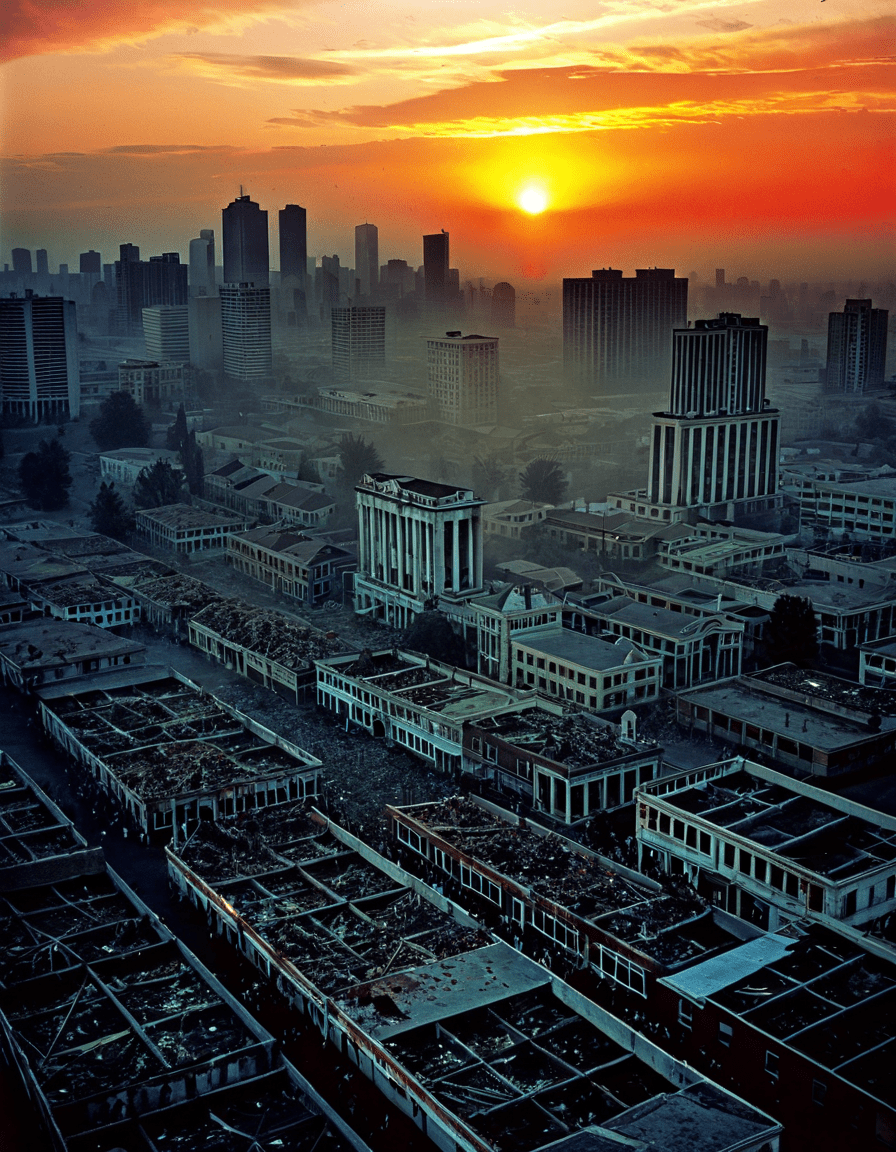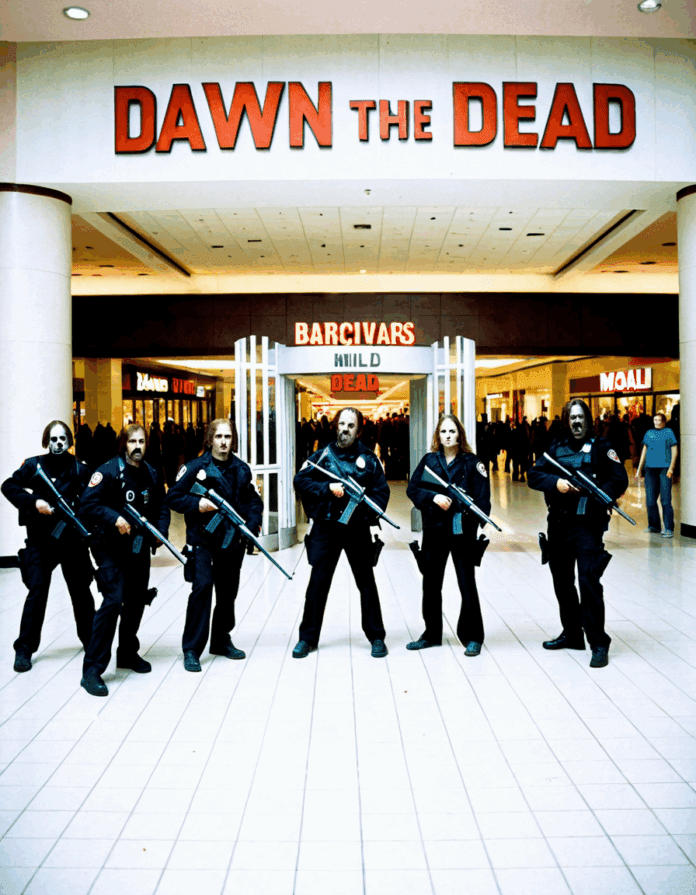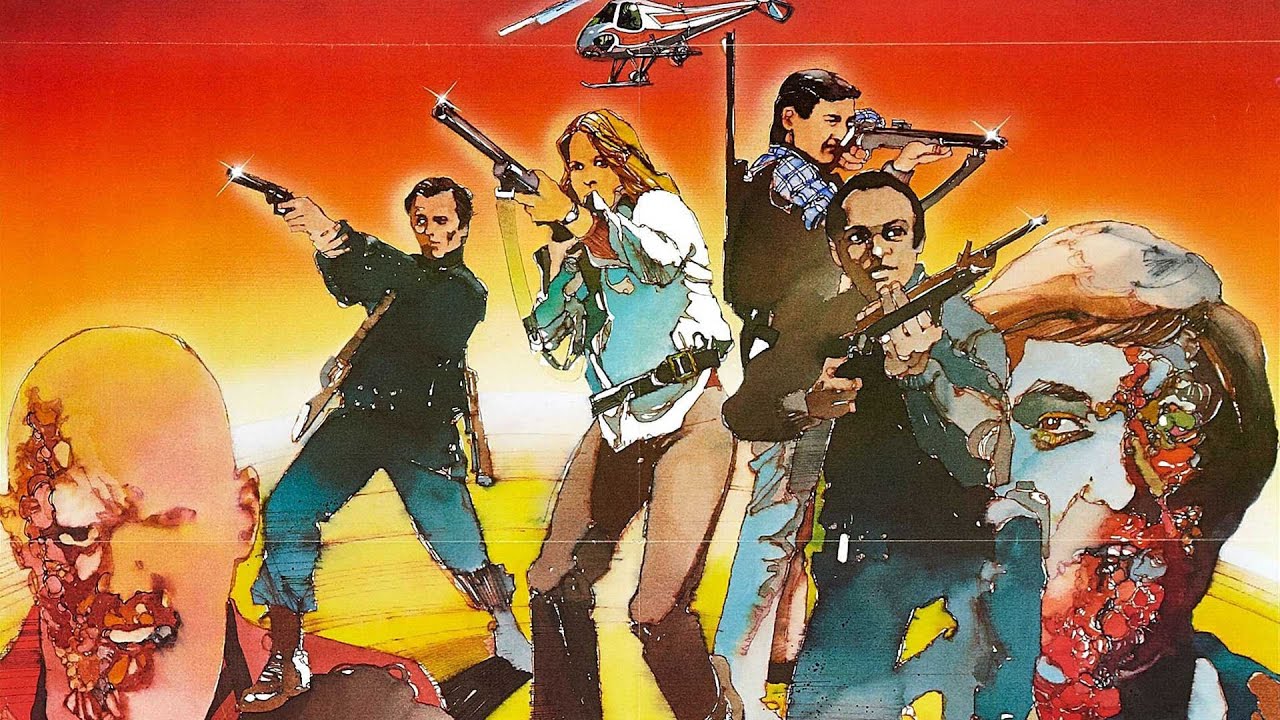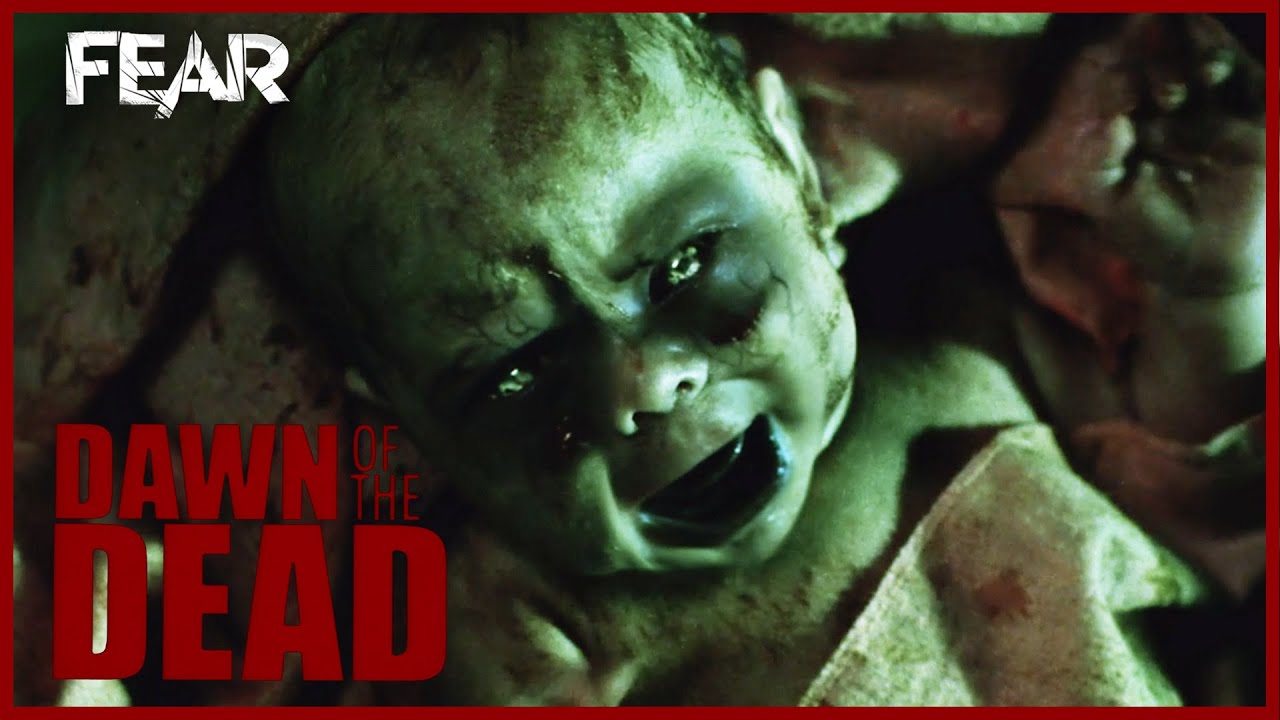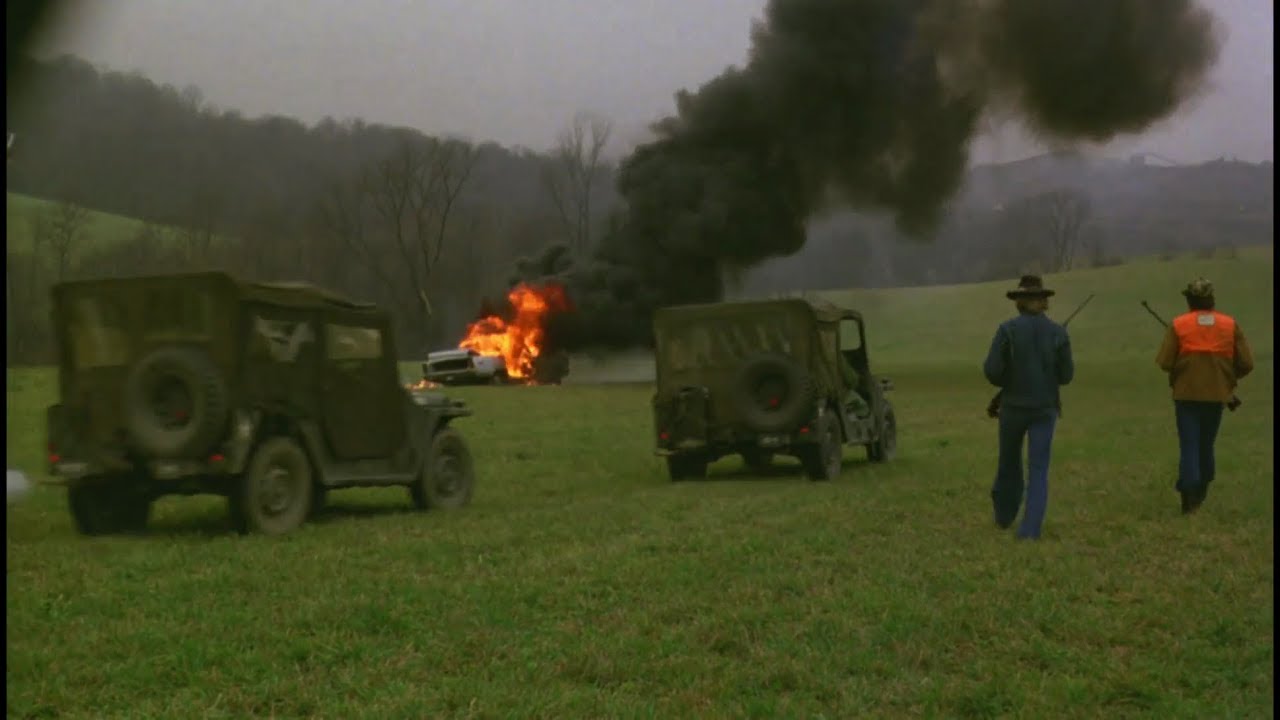Since its release in 1978, Dawn of the Dead has become a cornerstone of zombie horror, reshaping not only the genre but also making waves in popular culture. Directed by the legendary George A. Romero, this film is more than just a thrilling ride through a world filled with flesh-eating zombies; it serves as a sharp commentary on consumerism and societal collapse. This commentary resonates even in today’s world. Romero’s stark vision of an apocalyptic scenario intertwined with society’s indifference carved a path for countless filmmakers and storytellers, establishing Dawn of the Dead as an enduring classic.
Romero’s influence can be seen everywhere, from blockbuster films to thrilling video games. One clear example of this impact is the wildly successful series “The Walking Dead,” which has captivated audiences around the world, extending the zombie narrative into new and exciting territories. Studies have shown that horror films often echo societal fears and grievances, making them powerful cultural artifacts. It’s through this lens that we can continuously explore Dawn of the Dead, reflecting on why the zombie genre remains as captivating as ever.
The themes of Dawn of the Dead resonate because they highlight not only our fear of violence and death but also our existential dread in the face of societal turmoil. In a world that grapples with increasing inequality and consumerism, Romero’s vision feels strikingly relevant. Simply put, the film holds up a mirror to our collective psyche, prompting us to ponder what it means to be human in the face of horror and tragedy.
Top 5 Ways Dawn of the Dead Revolutionized Zombie Horror
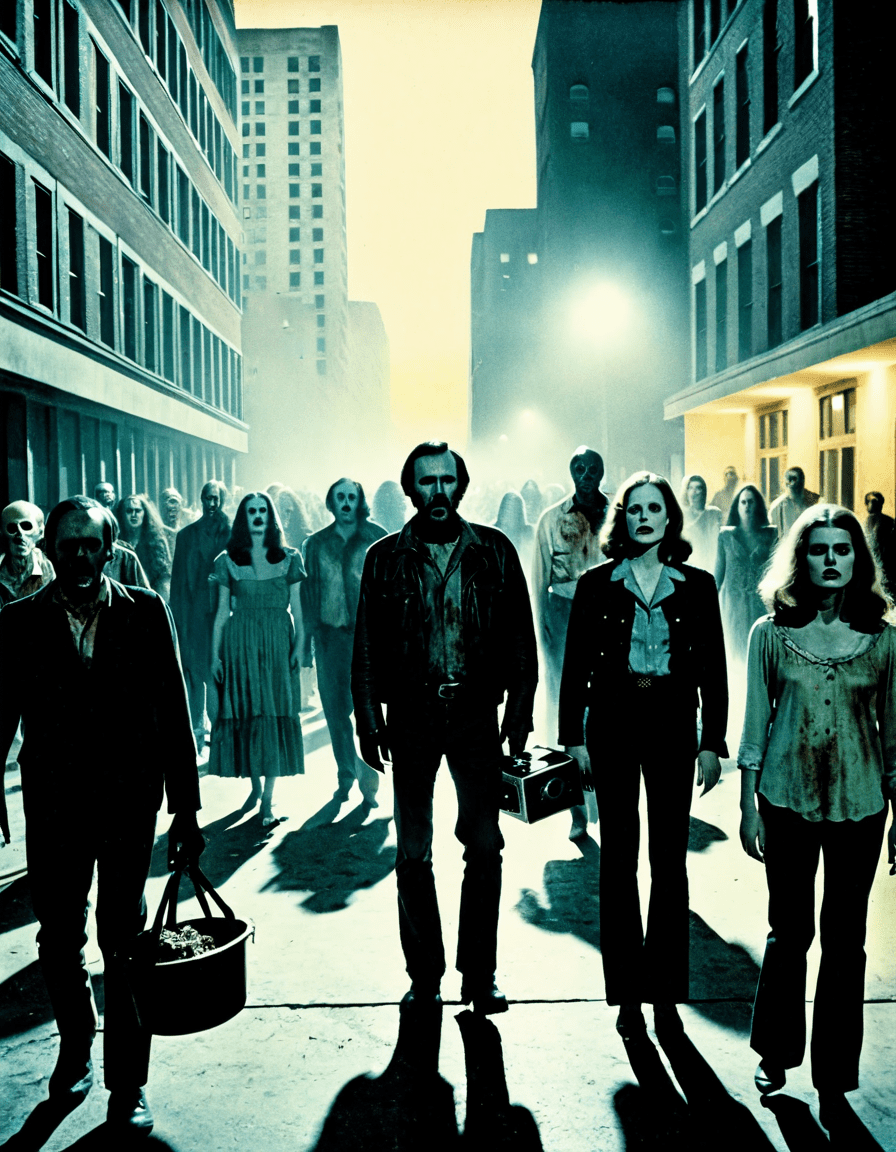
The Evolution of Zombie Films Post-Dawn of the Dead
After the triumphant success of Dawn of the Dead, the zombie genre really exploded. Filmmakers took the groundwork that Romero laid and ran with it. The shift toward fast-moving zombies in films like “28 Days Later” (2002) challenged viewers, creating a pulse-pounding horror experience that rivaled traditional zombie stories. This evolution shows how filmmakers adapted narratives to reflect modern anxieties, such as distrust in technology and government.
International cinema has also expanded the zombie narrative, bringing unique interpretations to life. Films like “Train to Busan” provide cultural nuance, showcasing human resilience and societal cohesion in the face of adversity. This global perspective enriches the genre and furthers the themes Romero introduced, taking the audience on an unexpected journey that highlights various cultural responses to apocalypse.
In addition, the resurgence of zombie-themed media during the COVID-19 pandemic reveals how adaptable the genre can be. People found solace in familiar narratives mirroring their fears, serving both as a commentary on real-life situations and as a form of escapism. It’s fascinating how Dawn of the Dead’s legacy continues to inspire fresh ideas, showing that horror can be both entertained and enlightening.
How Dawn of the Dead Influenced Modern Horror Genres
The impact of Dawn of the Dead extends far beyond its genre. It left an indelible mark on post-apocalyptic cinema and psychological thrillers alike. By fusing survival horror with a deep exploration of the human condition, it paved the way for contemporary classics. The suspense and ethical dilemmas present in films like “A Quiet Place” and series such as “The Walking Dead” continue to echo the foundational themes established by Romero.
Additionally, the way Dawn of the Dead interweaves societal critiques into its narrative has set a standard for modern horror. The genre now often focuses on authenticity in its storytelling, with filmmakers bravely tackling issues like race, gender, and climate change. This evolution reflects the continuing relevance of Romero’s work, proving that horror isn’t just about fear; it’s about navigating uncomfortable truths that define our lives.
The resonance of Dawn of the Dead also illustrates the power of visual storytelling as a means to engage audiences deeply. The film allows viewers to confront fears and anxieties while still delivering entertainment. In doing so, it teaches us that horror can make us reflect on our reality and society at large.
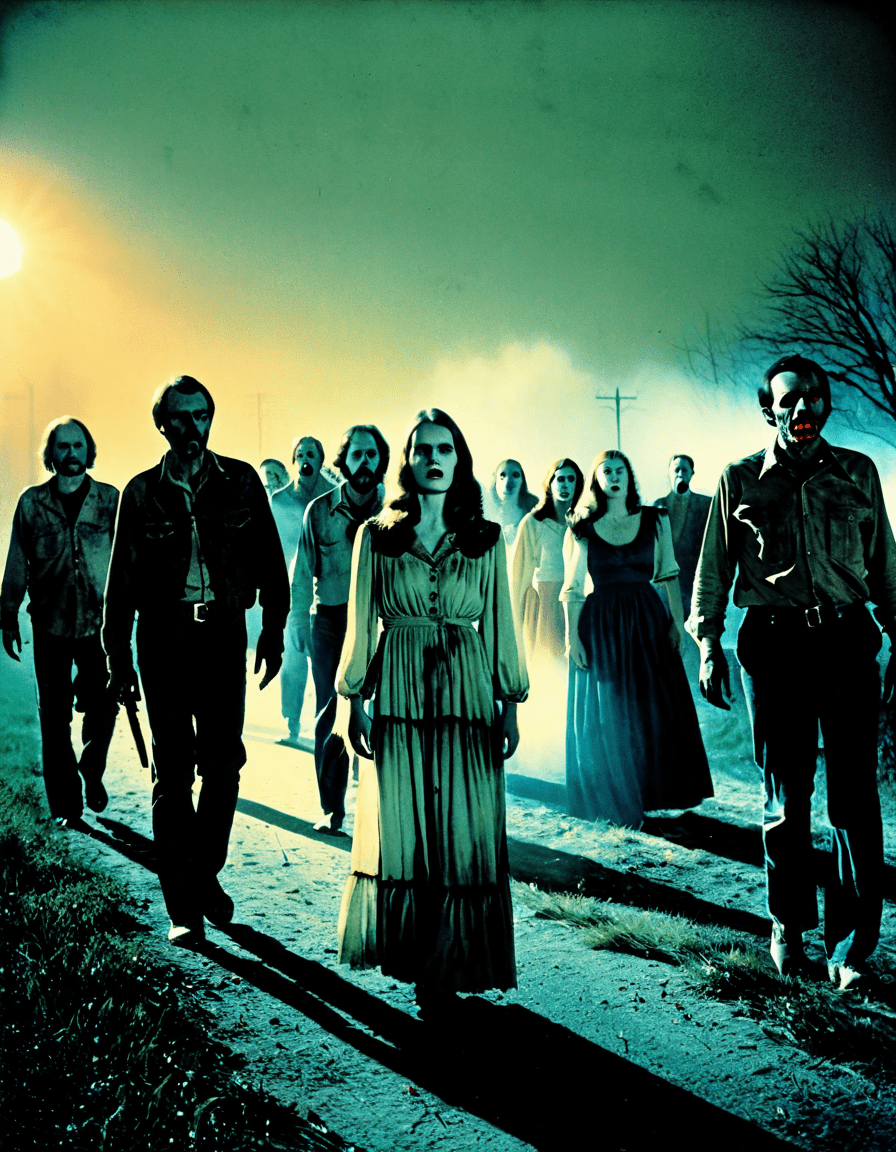
The Ongoing Relevance of Zombie Narratives Today
As we reflect on the legacy of Dawn of the Dead, it’s abundantly clear that the zombie genre remains relevant. The themes and cinematic techniques birthed from Romero’s vision still strike chords with modern audiences. Today’s zombie films encapsulate ongoing societal worries—like consumerism, inequality, and the looming specter of existential dread.
Zombie films serve as a means for audiences to process current events, much like Dawn of the Dead did in its time. This genre acts both as a mirror reflecting our own struggles and a lens through which we can analyze the chaos around us. Whether it’s through a lens of humor or horror, the narrative power of zombies persists.
The enduring nature of zombie narratives showcases the art of storytelling at its finest. As audiences consume horror content, they engage in a dialogue with the film, raising questions about their relationships with society and themselves. By experiencing this shared fear, they discover a sense of connection to a world that can feel increasingly fragmented.
Embracing the Undead: A Lasting Legacy
In closing, Dawn of the Dead has ignited a fascinating journey through the realms of fear and cultural introspection. Its influence can be felt across generations and through various media. From the likes of Bette Davis to Lana Del rey, the film serves as a haunting reminder that storytelling transcends time and genre. As audiences continue to confront the chilling thrills of zombie horror, they’re not just getting scared; they’re delving into deeper meanings that enrich their understanding of humanity.
The legacy of Dawn of the Dead remains alive, inspiring filmmakers, scholars, and fans alike. Its lessons endure, prompting us to question what it really means to be human amidst chaos. So, what’s your take? Are you ready to get lost in the undead escapade? Grab your shark Onesie and get ready for a night of thrills, just like those zombies in the mall!
Dawn of the Dead: A Chilling Legacy of Zombie Horror
Behind the Scenes: Making of a Masterpiece
“Dawn of the Dead,” released in 1978, was more than just a horror flick; it was a cultural phenomenon that turned the zombie genre on its head. Directed by George A. Romero, this classic was filmed at the Monroeville Mall in Pennsylvania, which provided an eerie yet fitting backdrop for the film’s apocalyptic narrative. Interestingly, the mall’s aesthetic and architecture fostered a compelling commentary on consumerism at the time, a theme that feels eerily relevant today, akin to the motivations behind modern detox Diets that people often gravitate towards during crises. What a twist that this film highlighted societal flaws while entertaining audiences with gore!
Actors in “Dawn of the Dead” faced real challenges while filming. For instance, the scene where a helicopter flies through the mall didn’t go as smoothly as you’d expect—there were several close calls! Also noteworthy is Michael Nilon, a key contributor to the film’s marketing campaign, who played a role in amplifying its legendary status. Believe it or not, some of the more gruesome effects were achieved using everyday items like food coloring and fake guts, which might remind you of the creative genius behind Honey And Clover, where art also imitates life in quirky and imaginative ways.
Impact and Enduring Legacy
It wasn’t just the special effects that caught attention; the film set the standard for how zombie stories were told thereafter. Many directors have cited it as a significant influence, drawing inspiration from its blend of horror and social commentary. This influence extends even to recent releases like Licorice Pizza, where themes of disillusionment and youthful recklessness echo the underlying messages of Romero’s work. The chilling atmosphere of “Dawn of the Dead” has spread far beyond its original frame, much like a good movie, prompting viewers to dig deeper into the societal implications that drive its narrative.
Fans and film scholars alike still dissect these haunting themes, using them to explore modern-day fears and anxieties. For instance, the desperation the characters feel resonates with the isolation many experienced during the pandemic. And speaking of journeys, it’s interesting to note how many films reference The Passenger as a metaphor for loss and survival, themes that align perfectly with the struggles seen in “Dawn of the Dead. After all, survival in a zombie apocalypse often reflects our own battles against the harsh realities of living—whether in fiction or in life.
